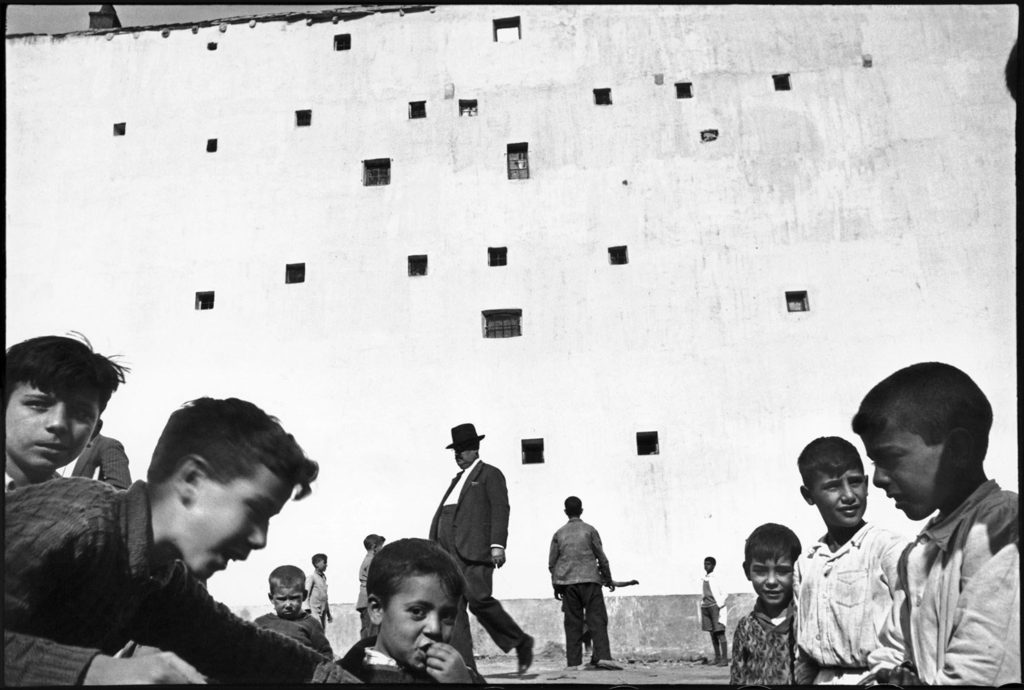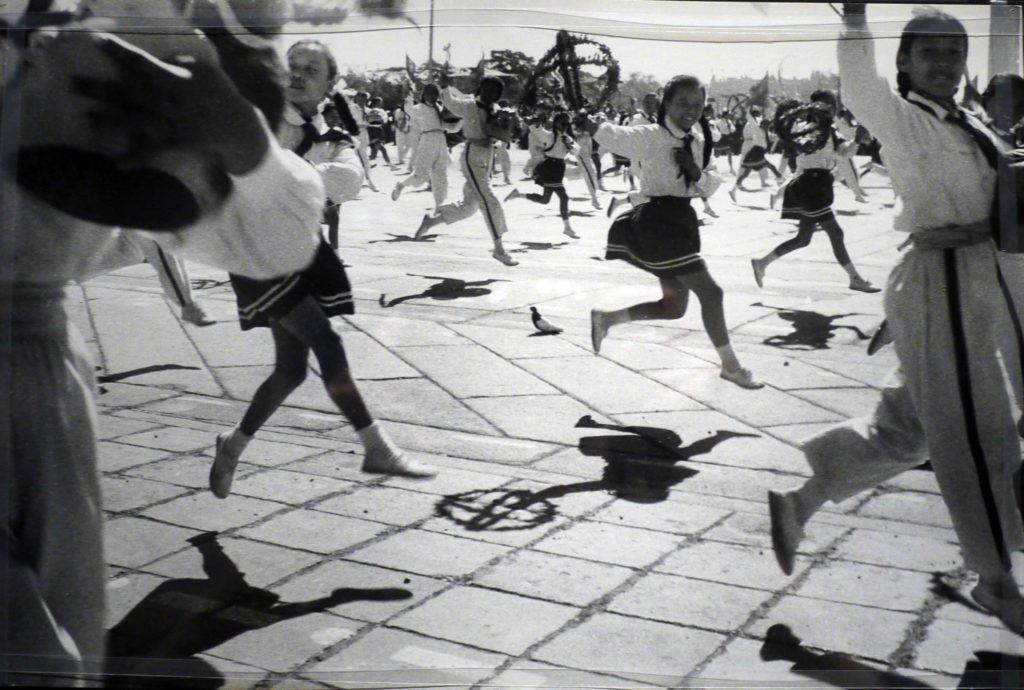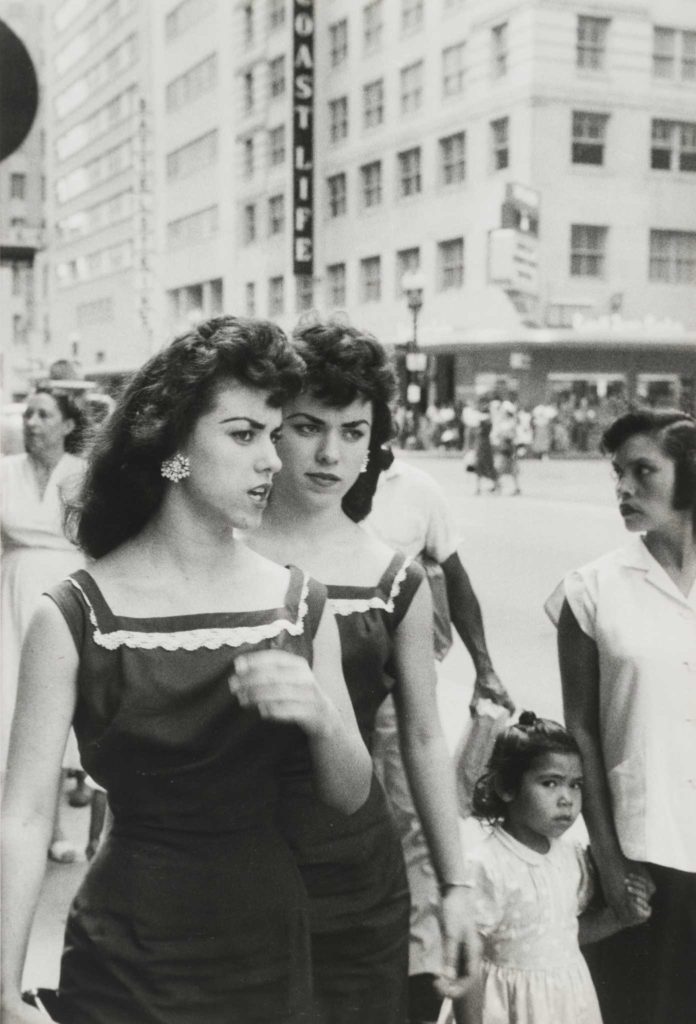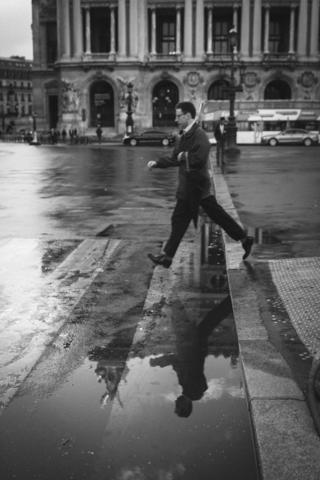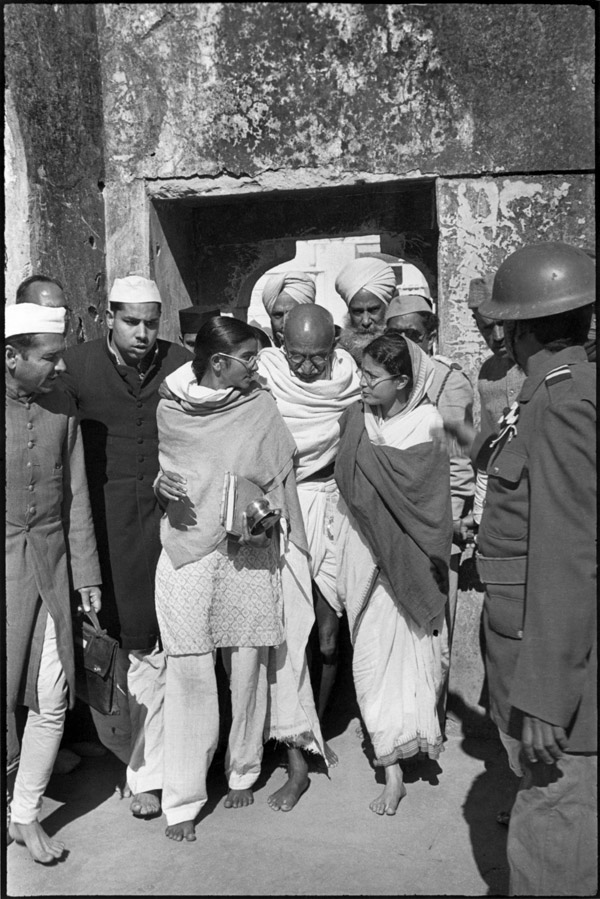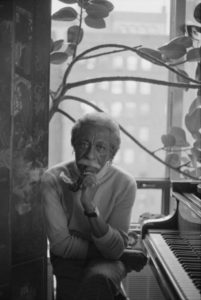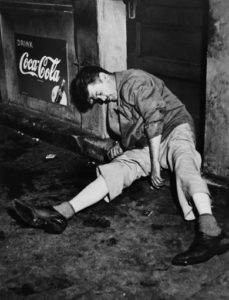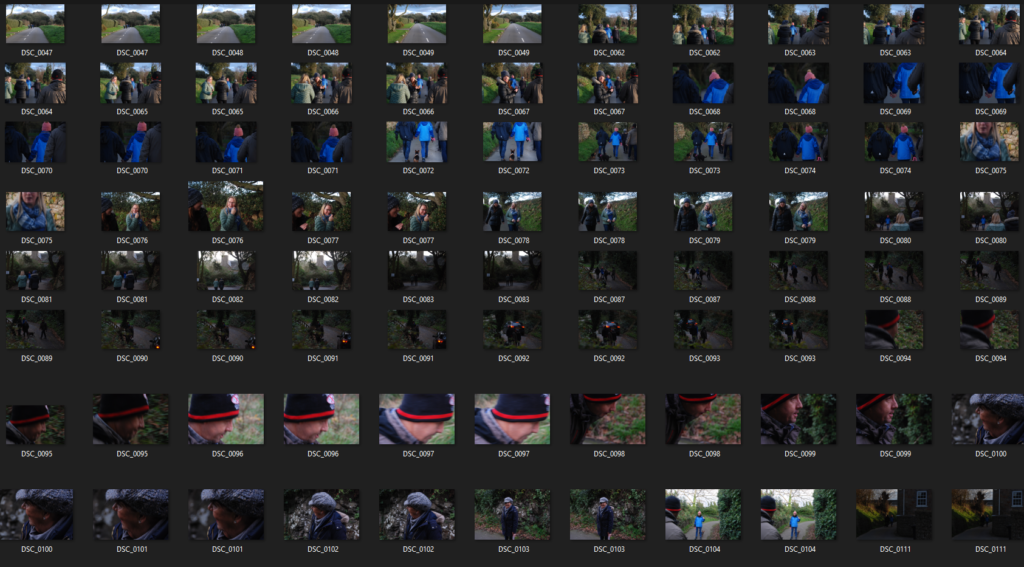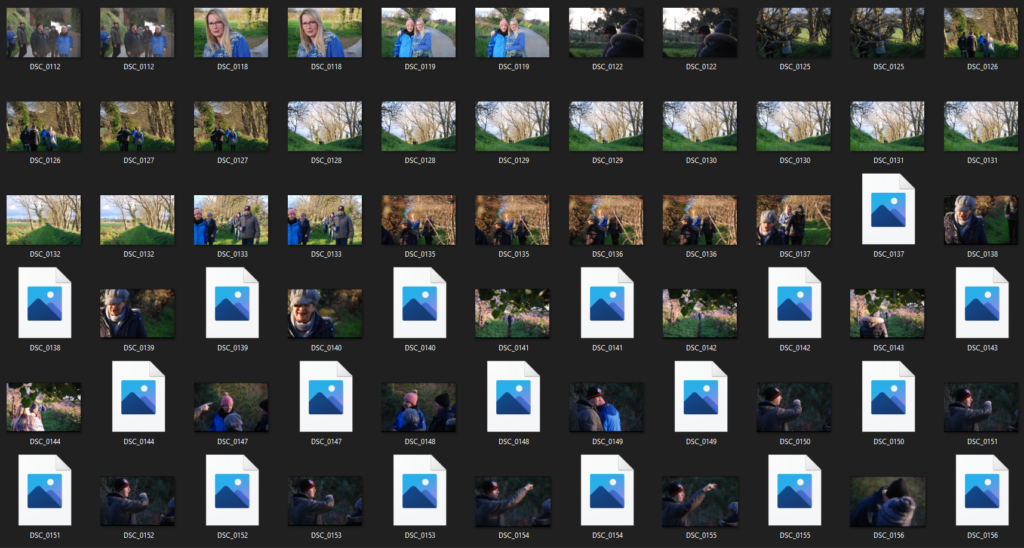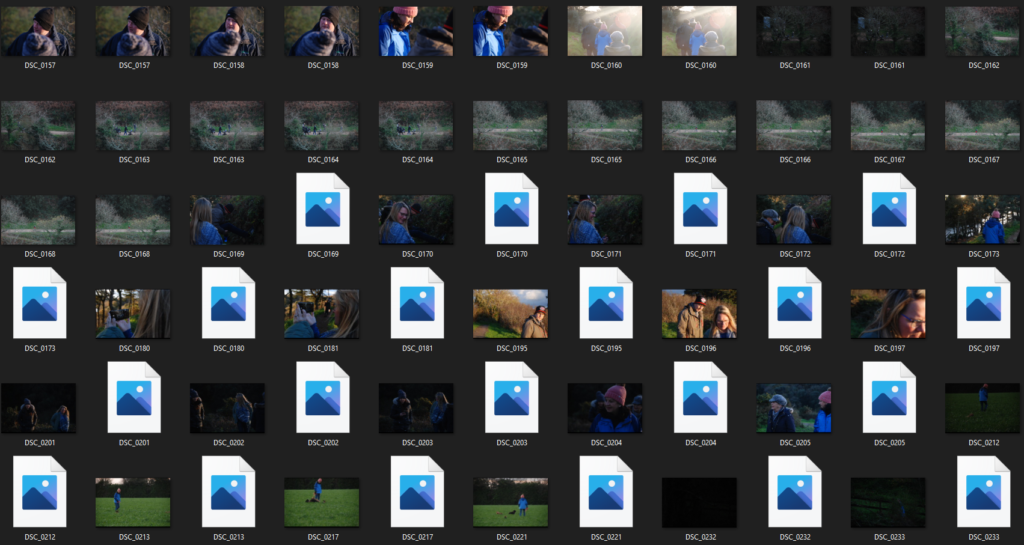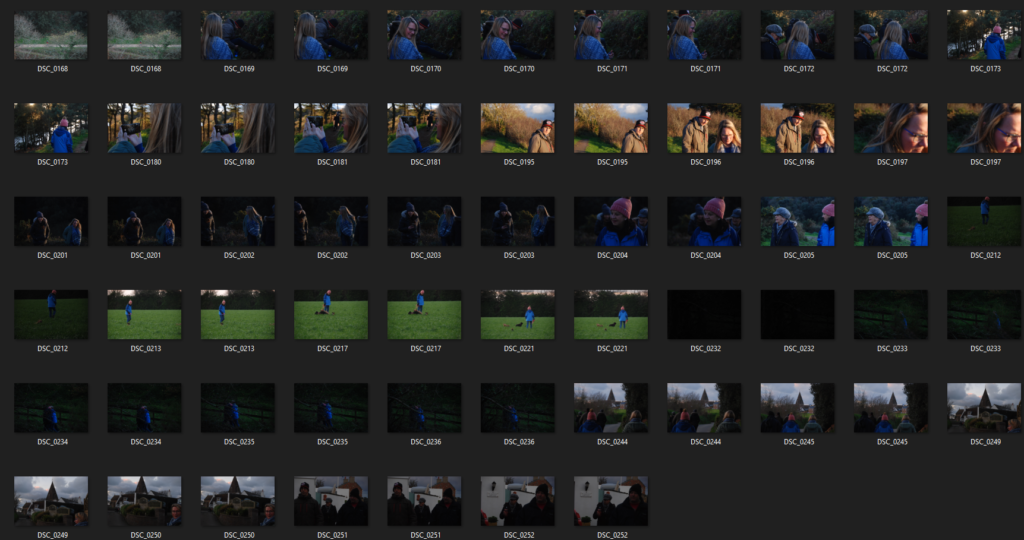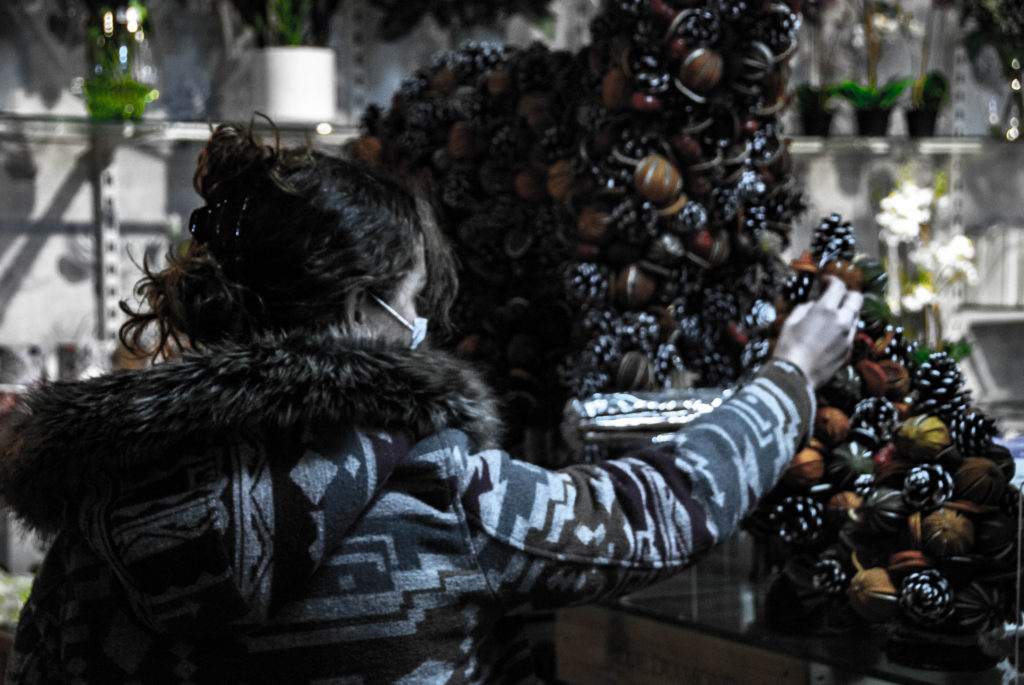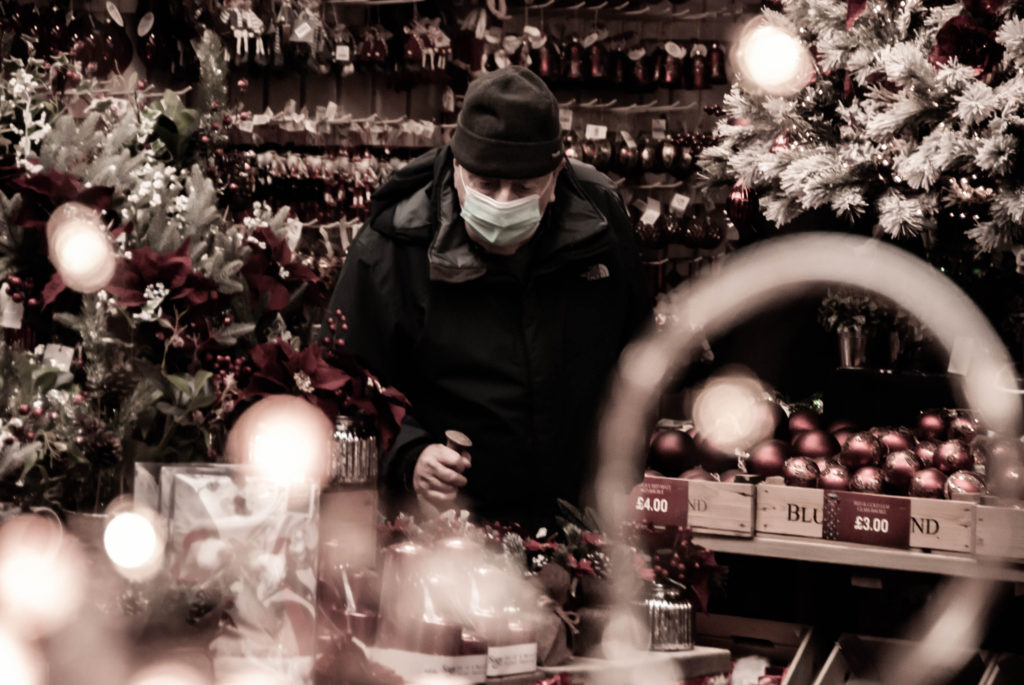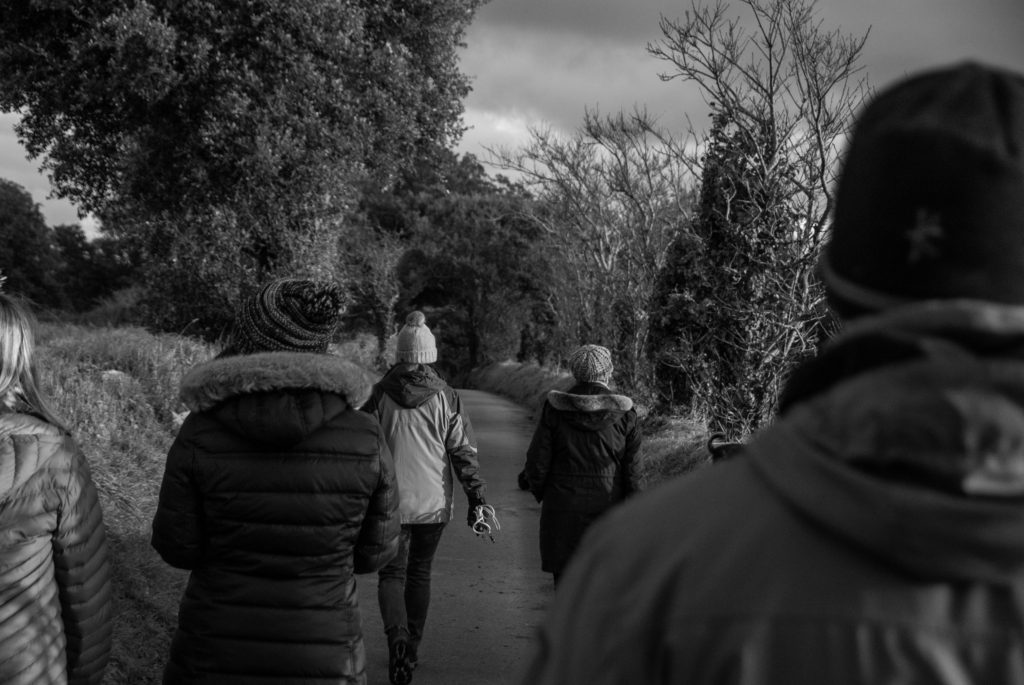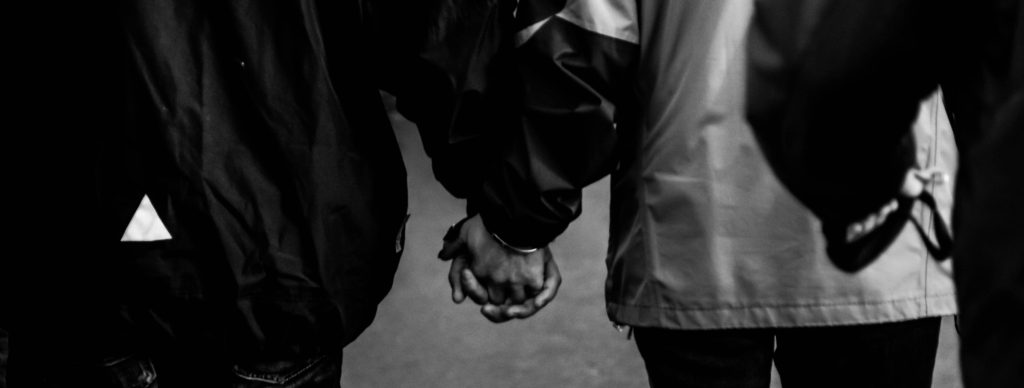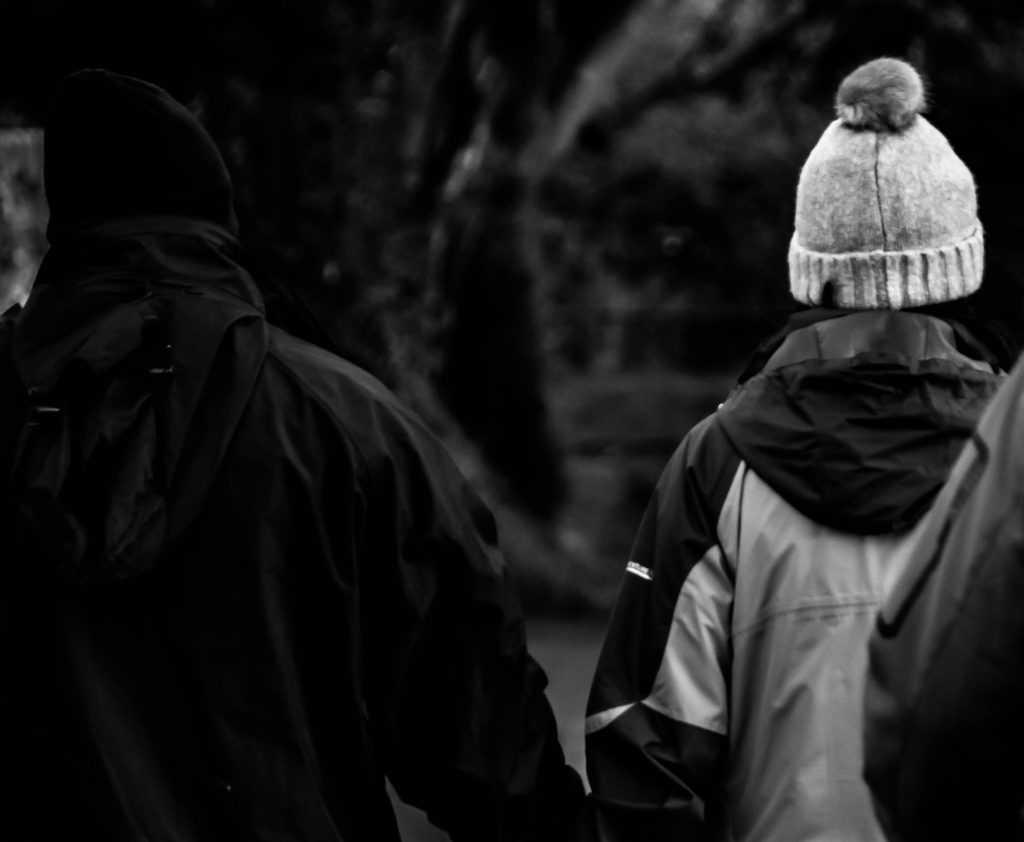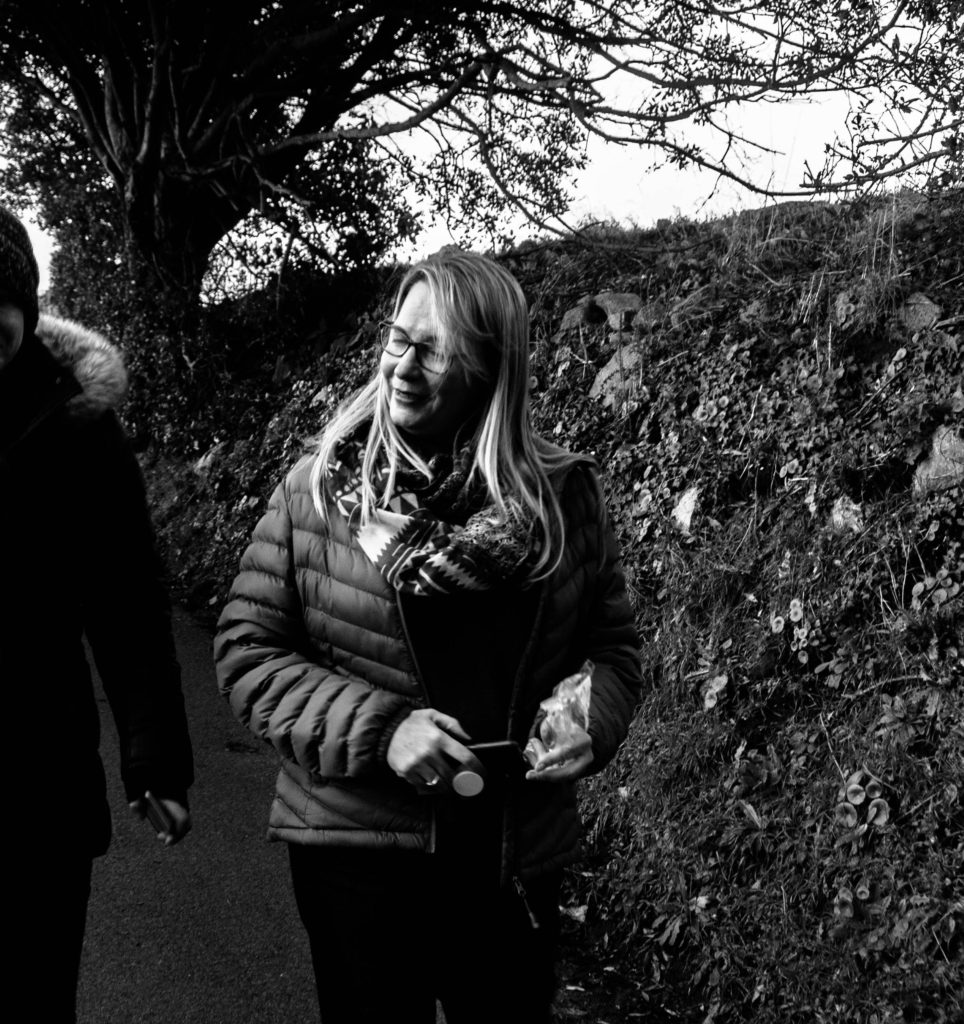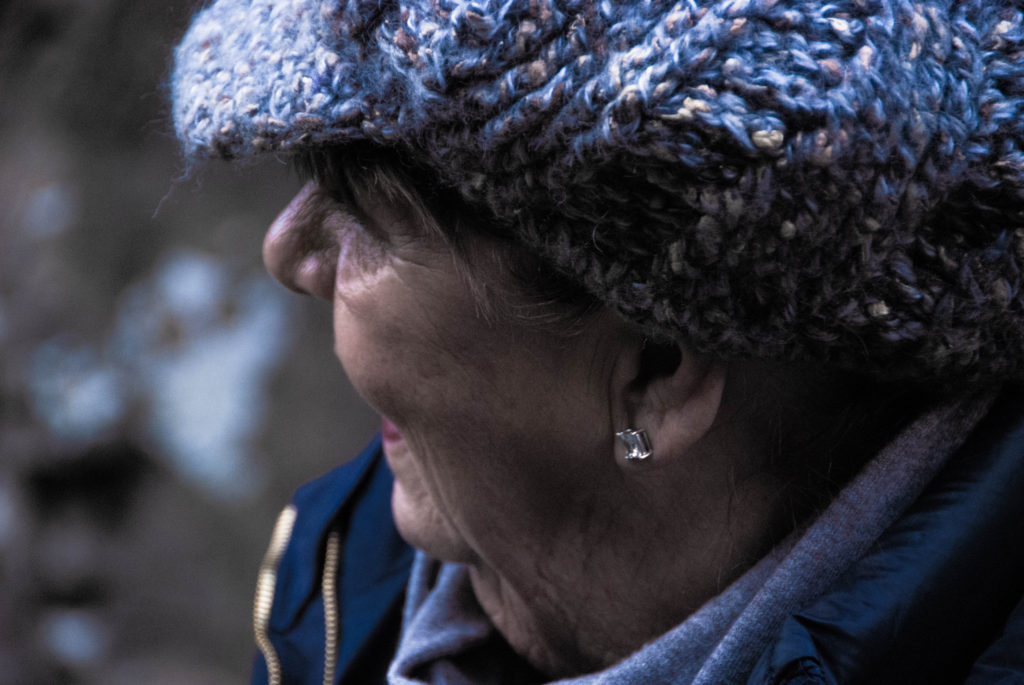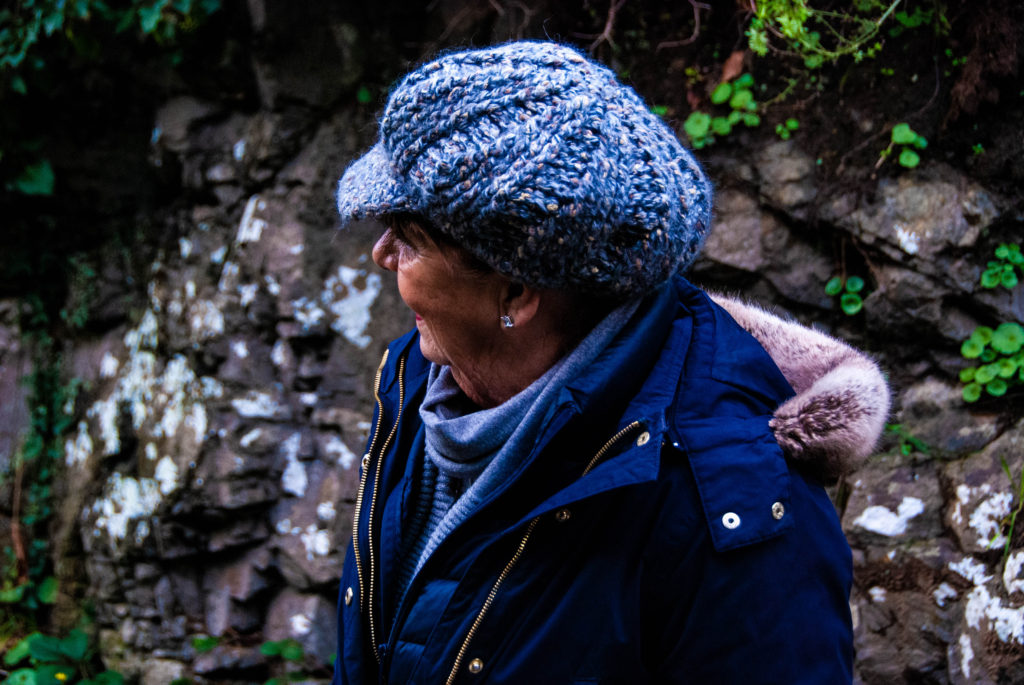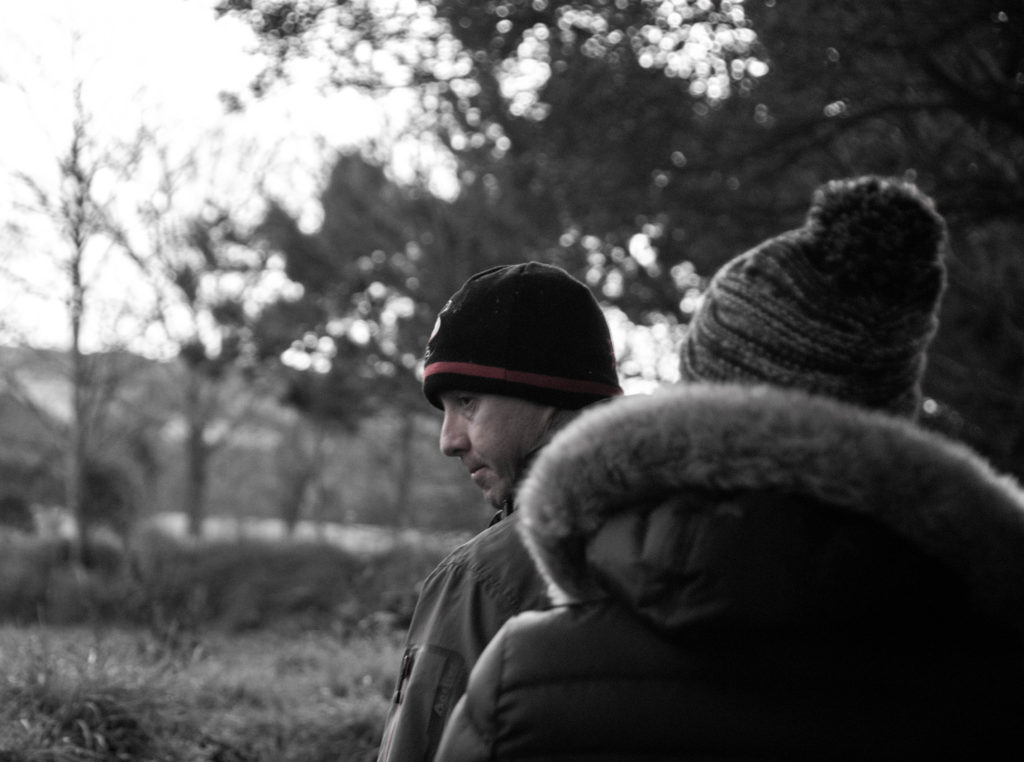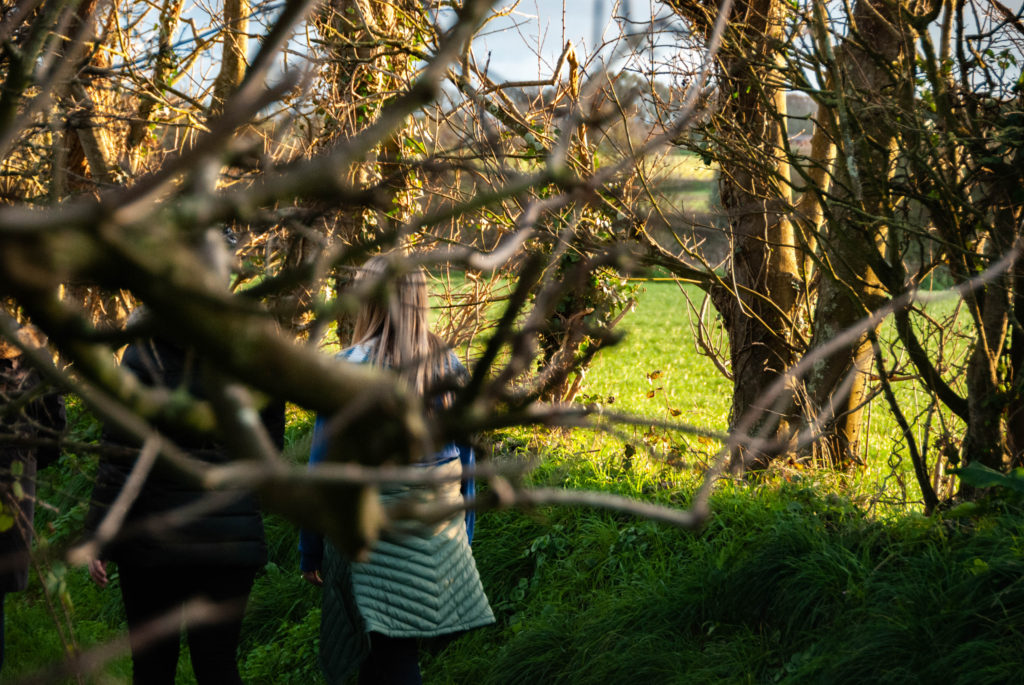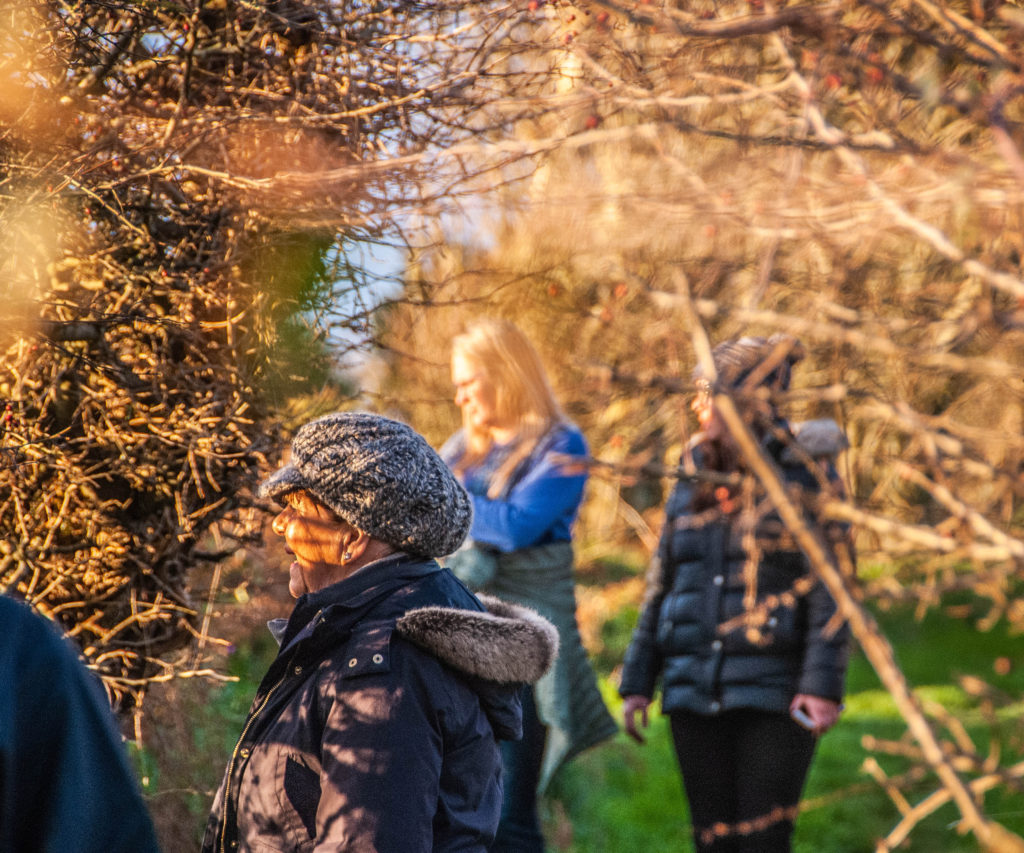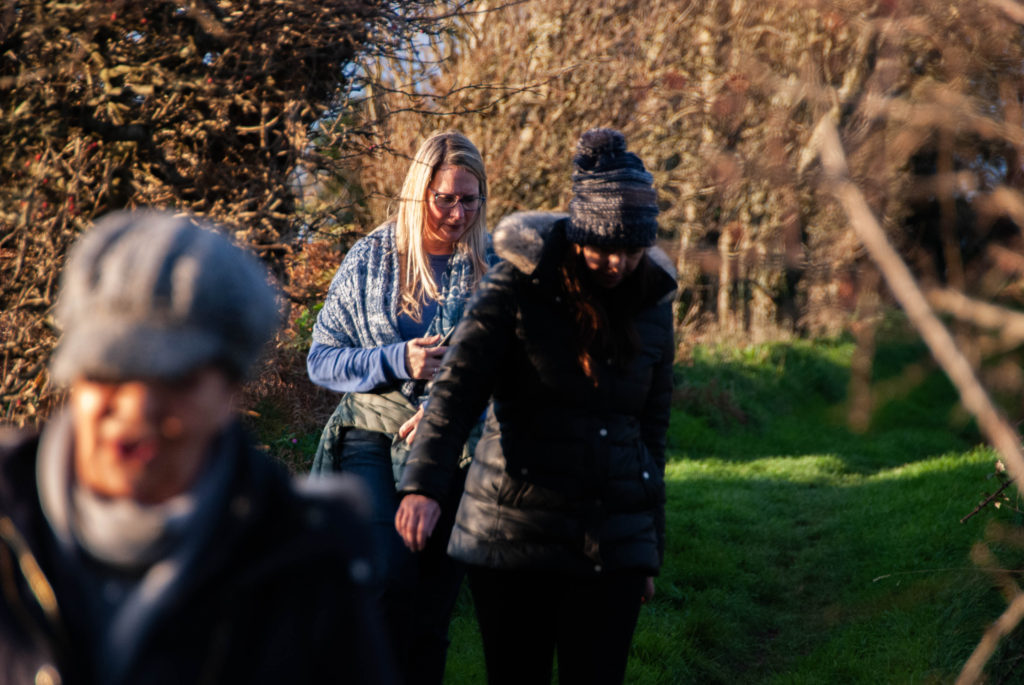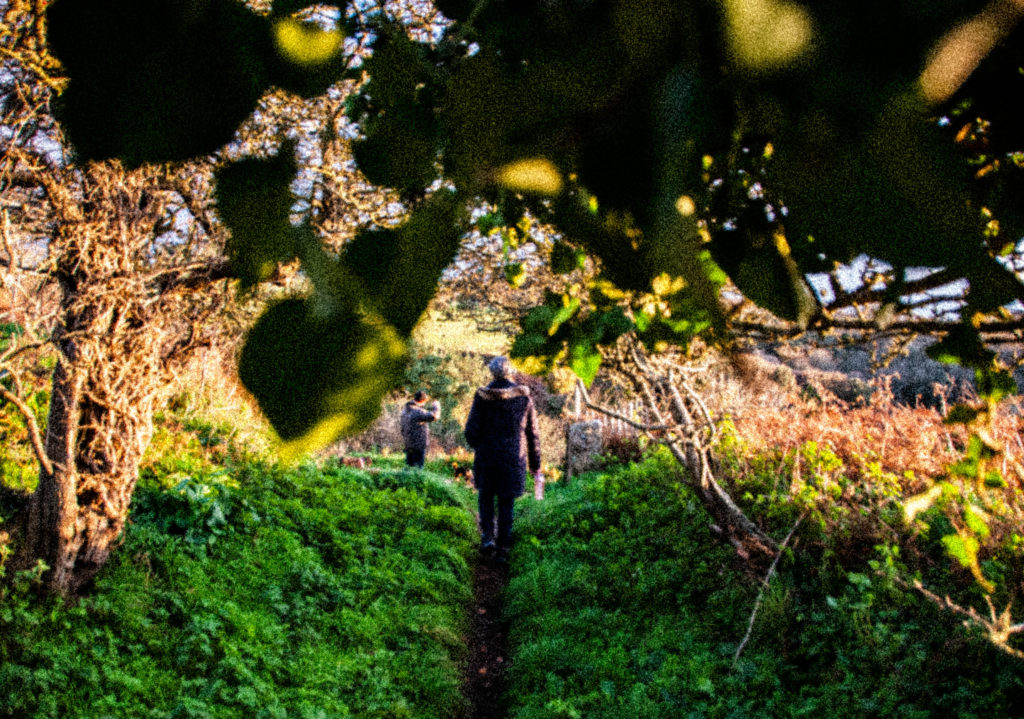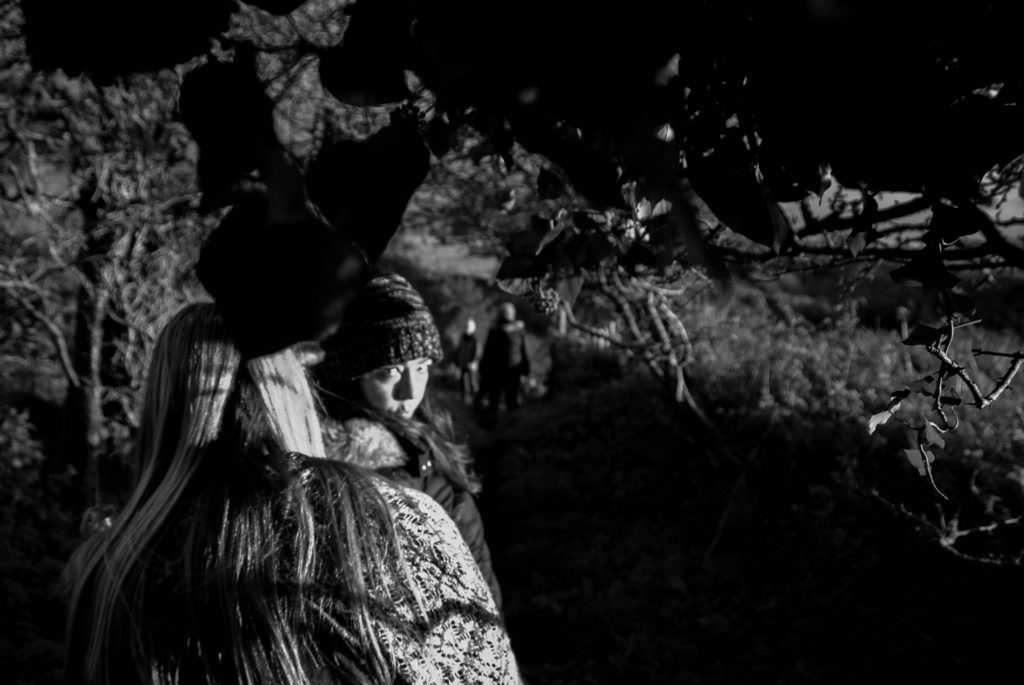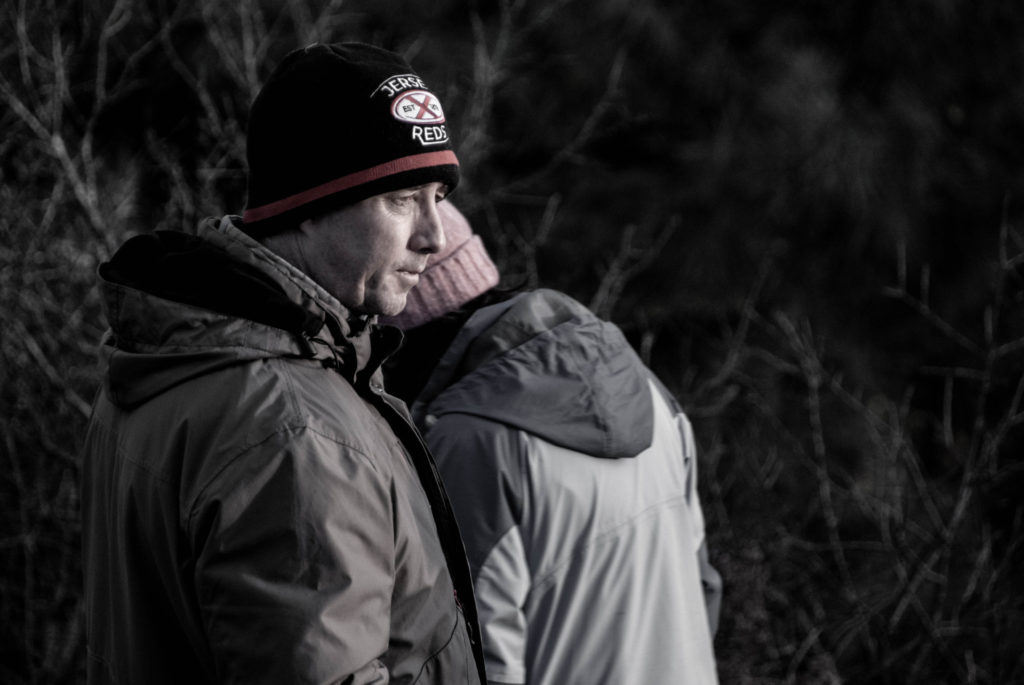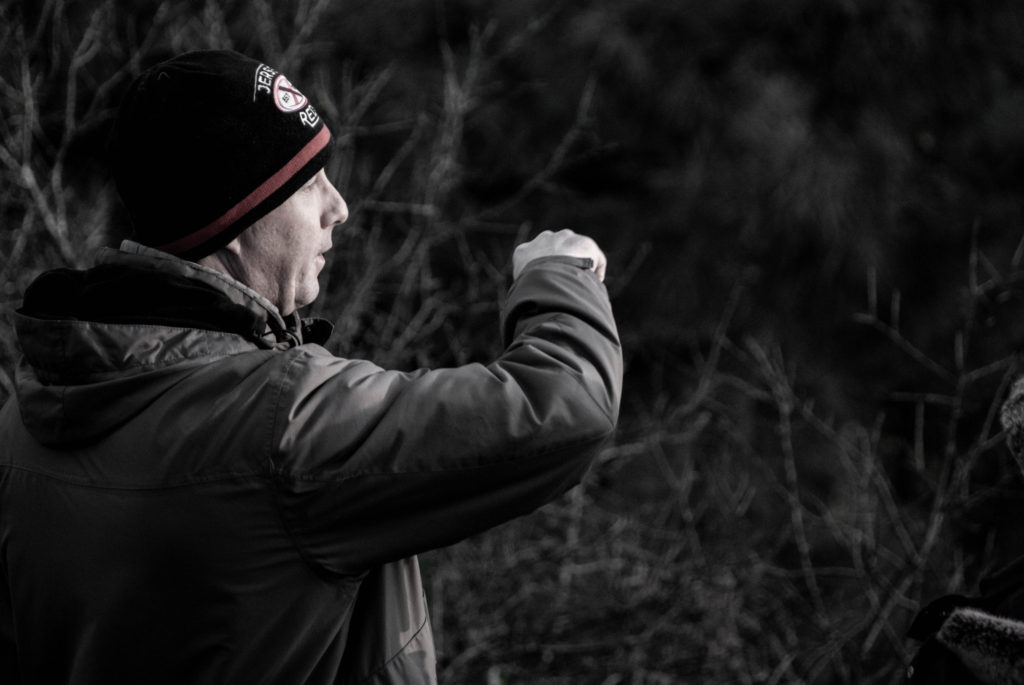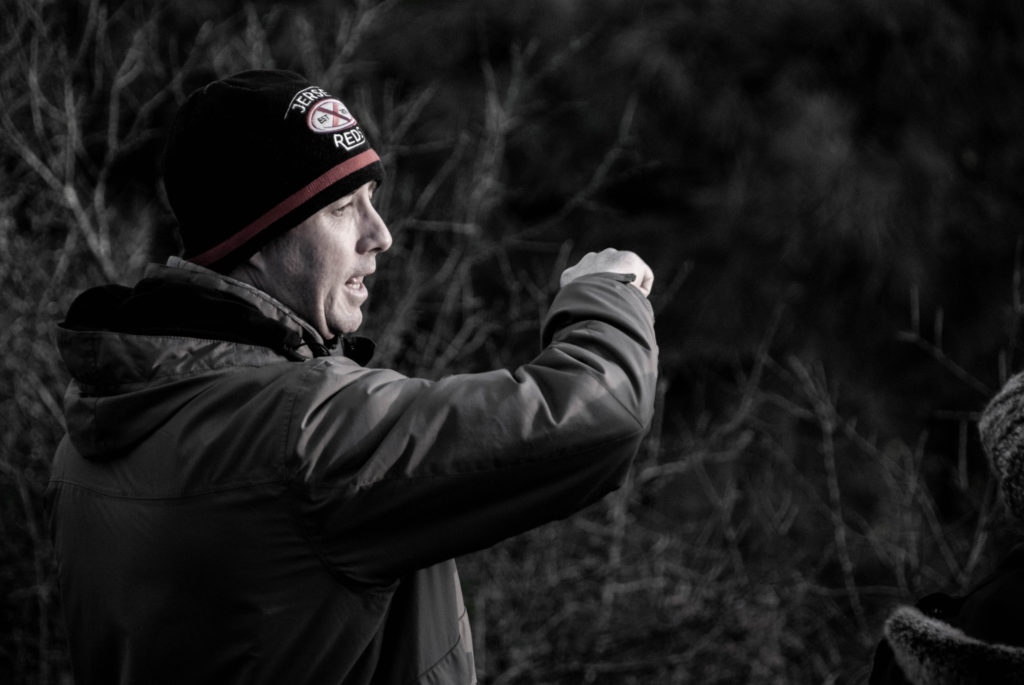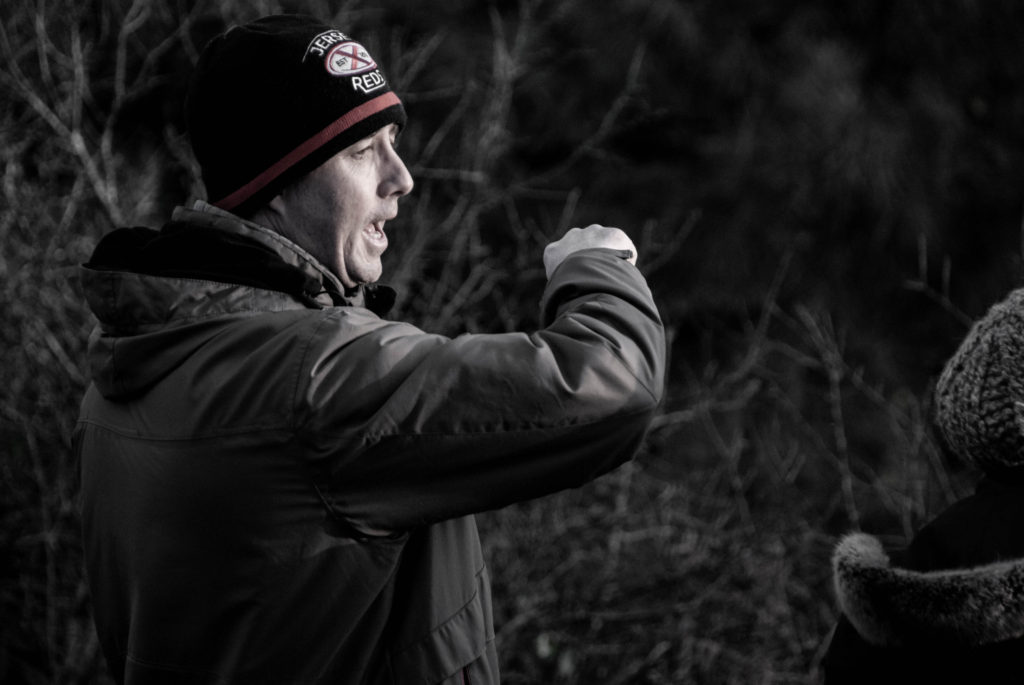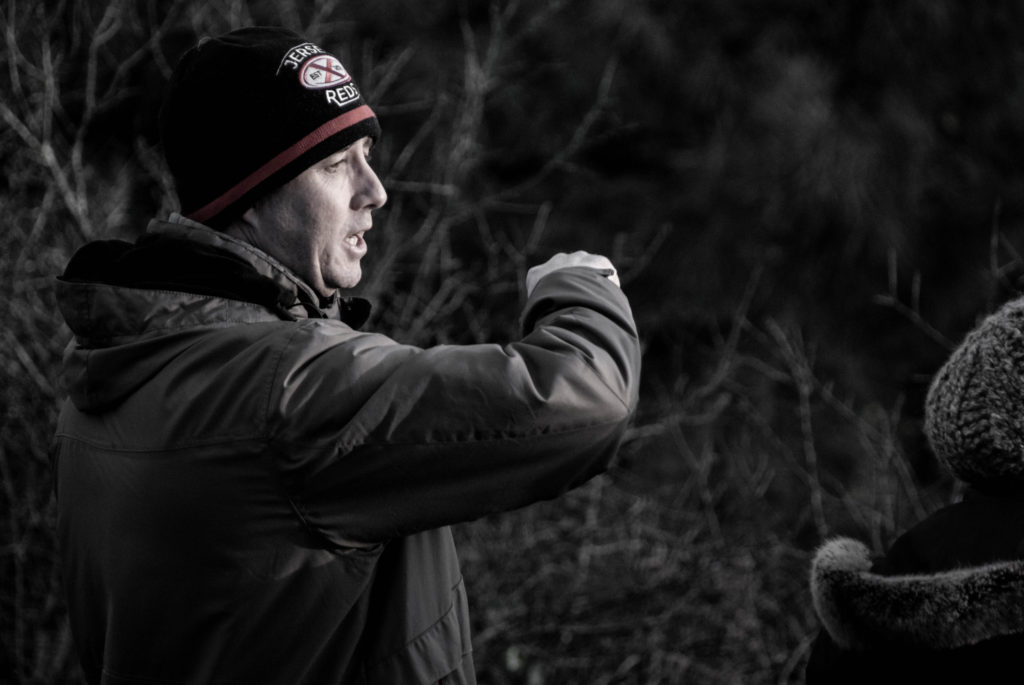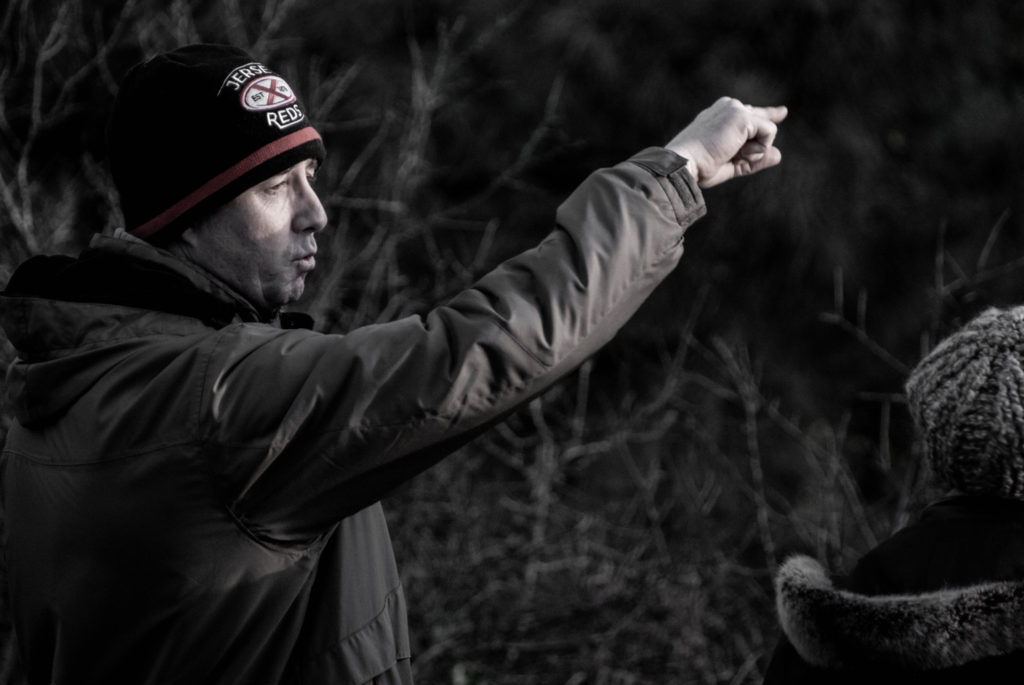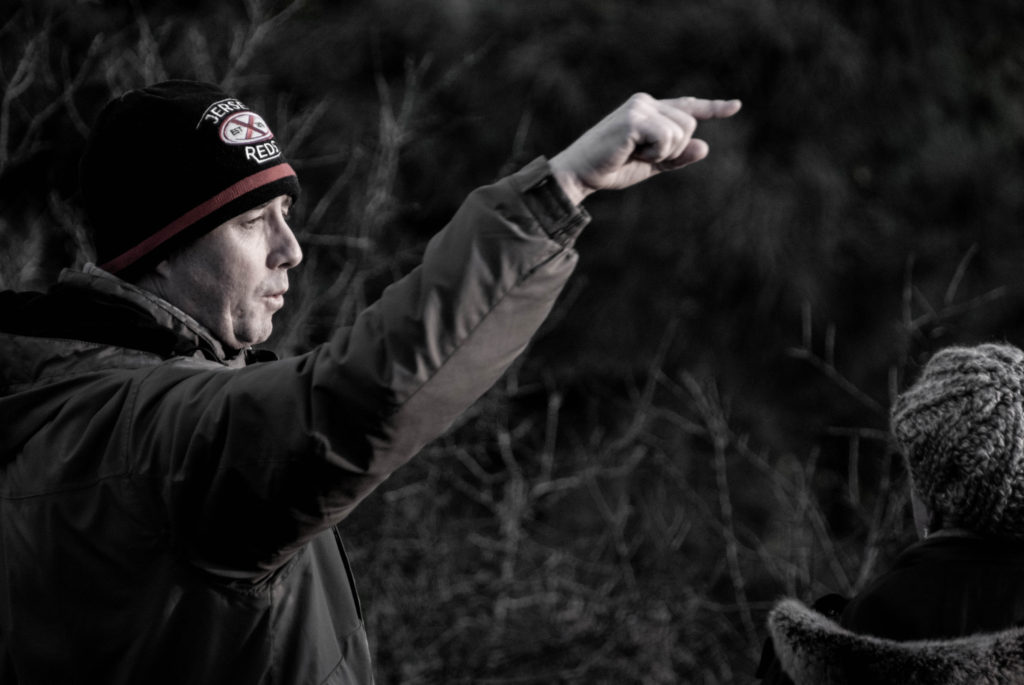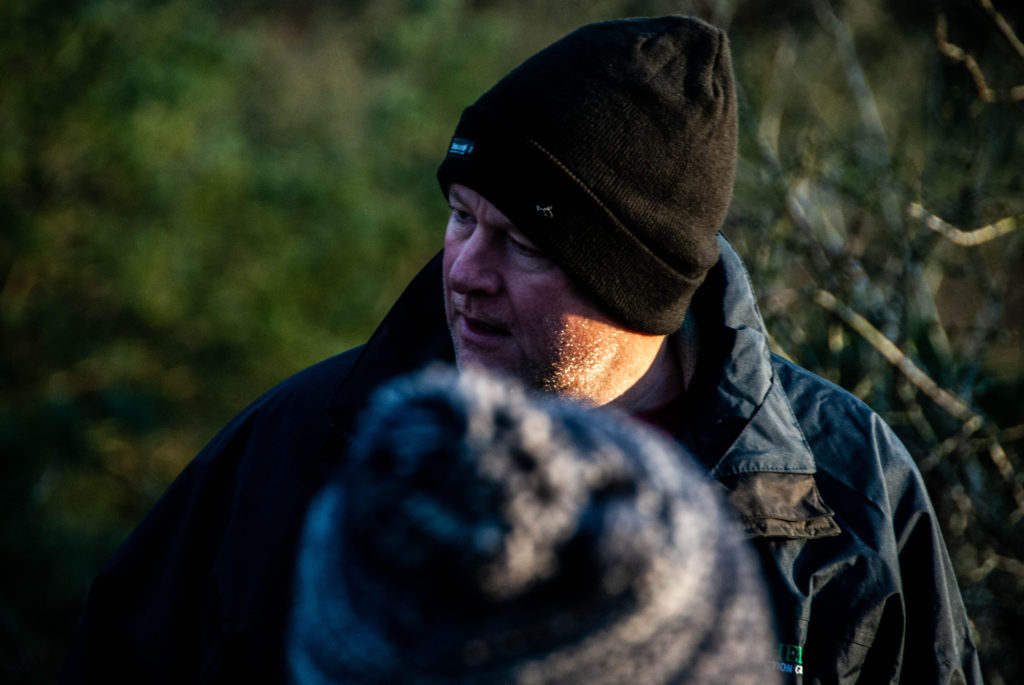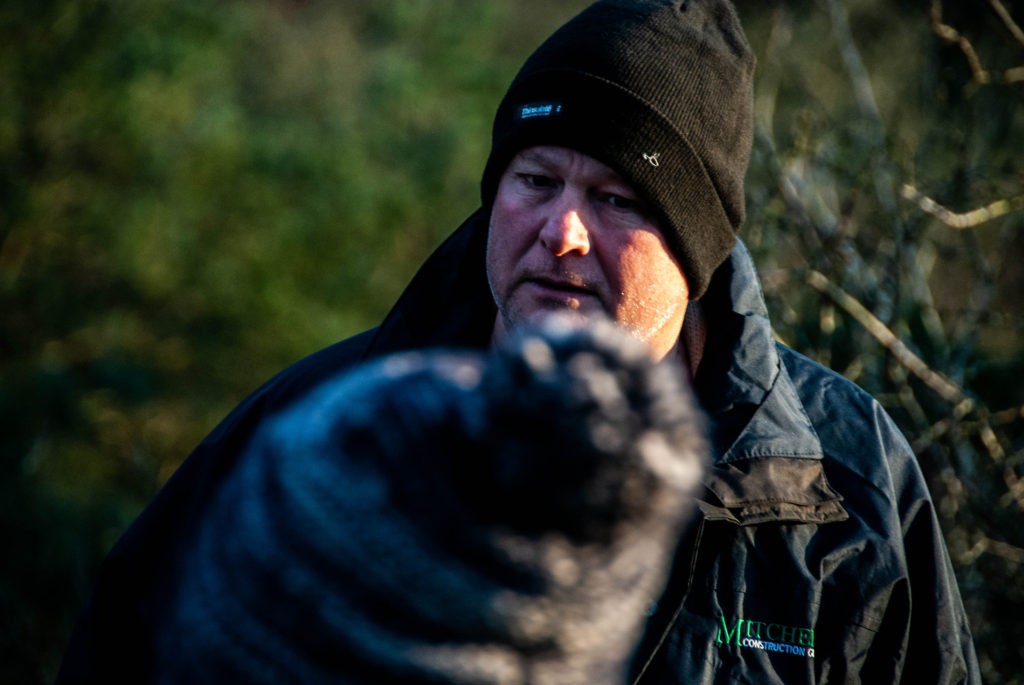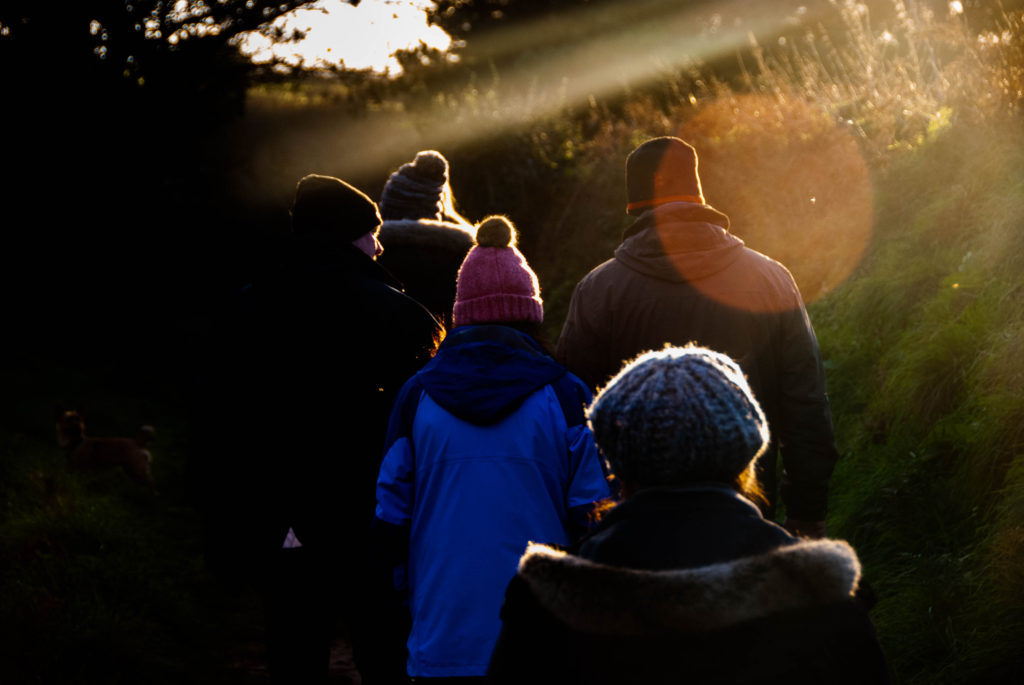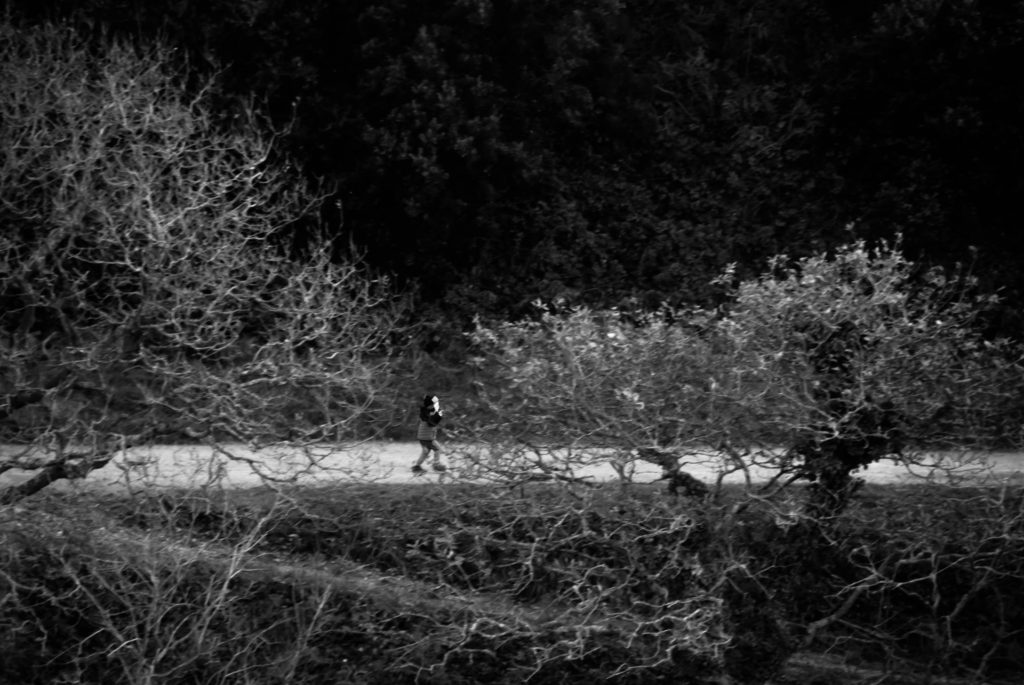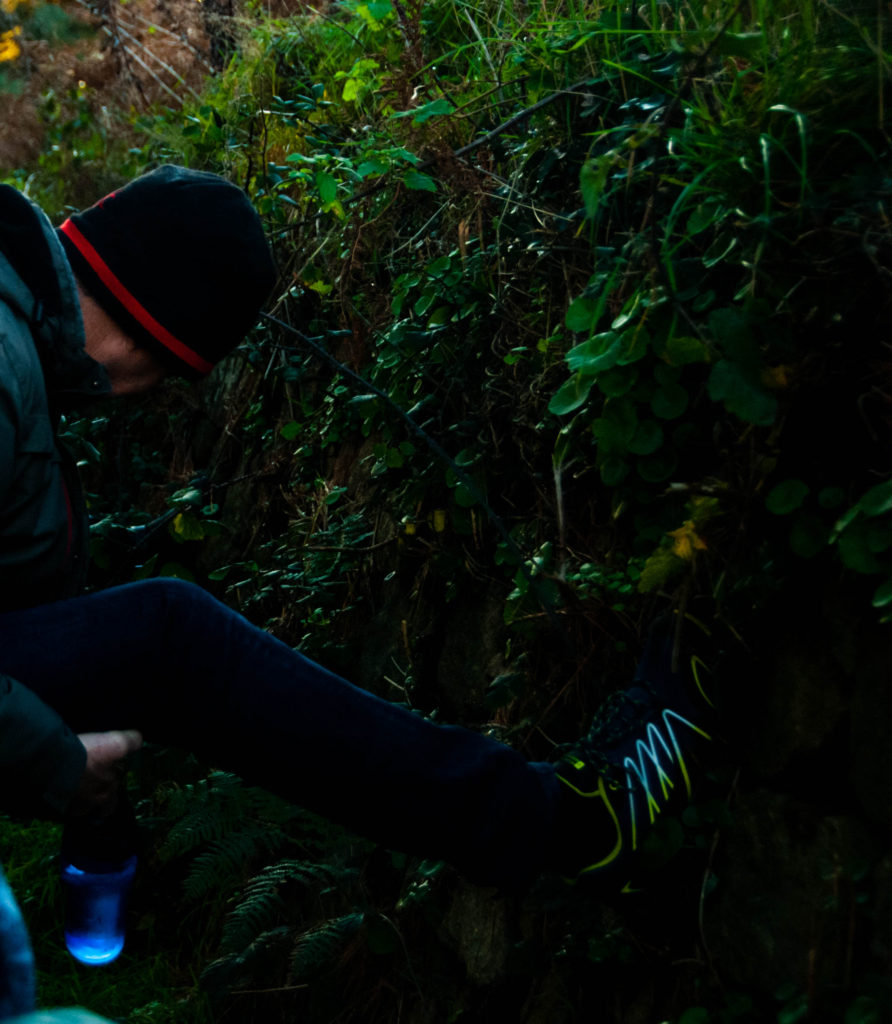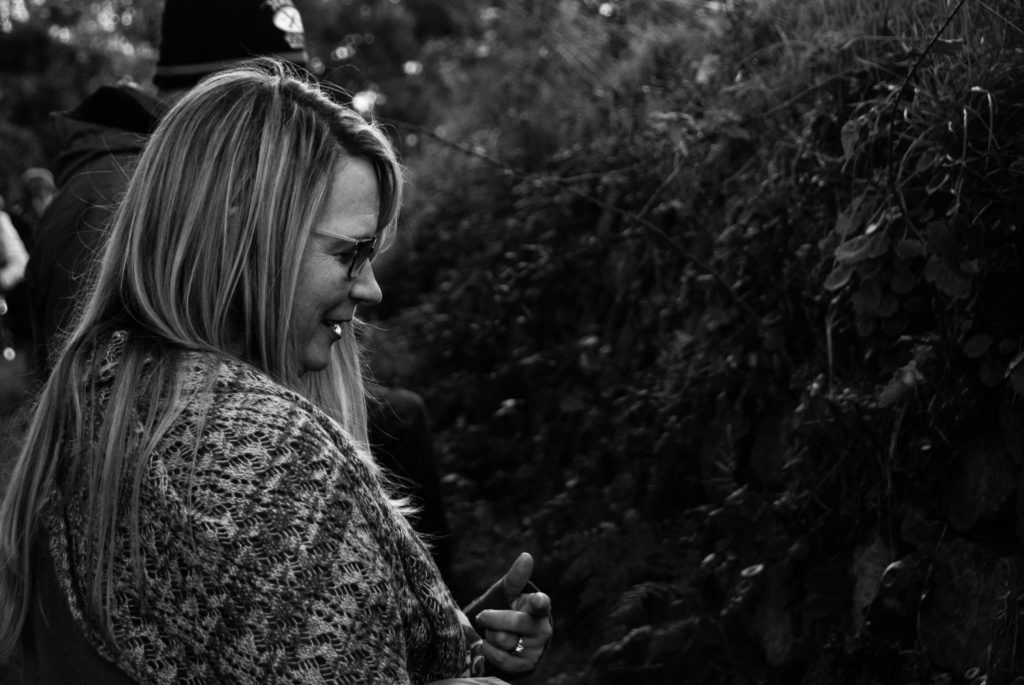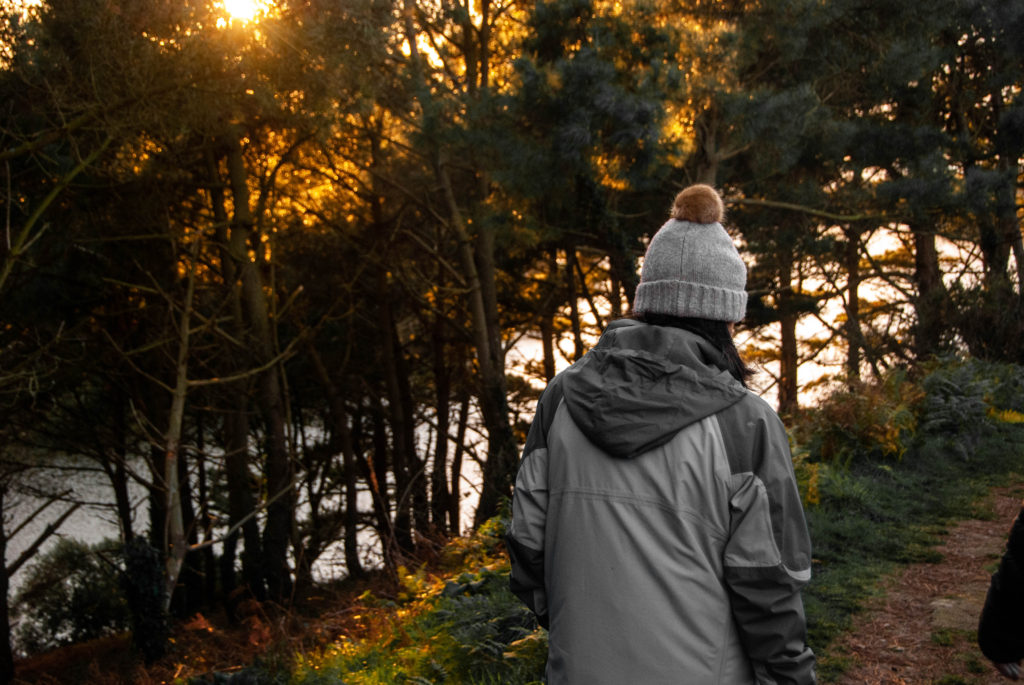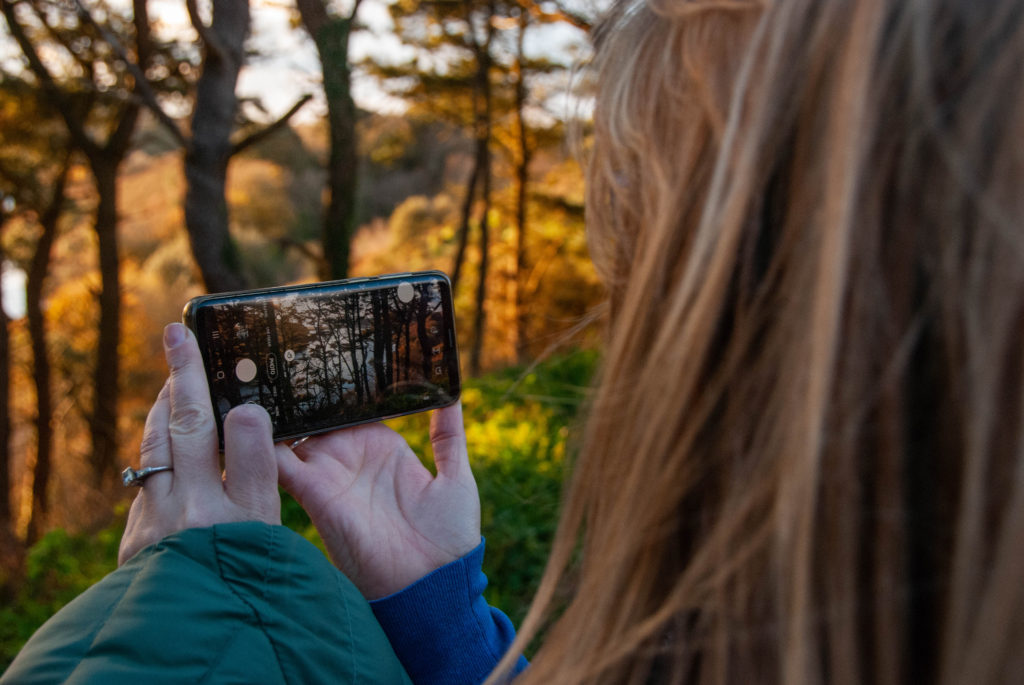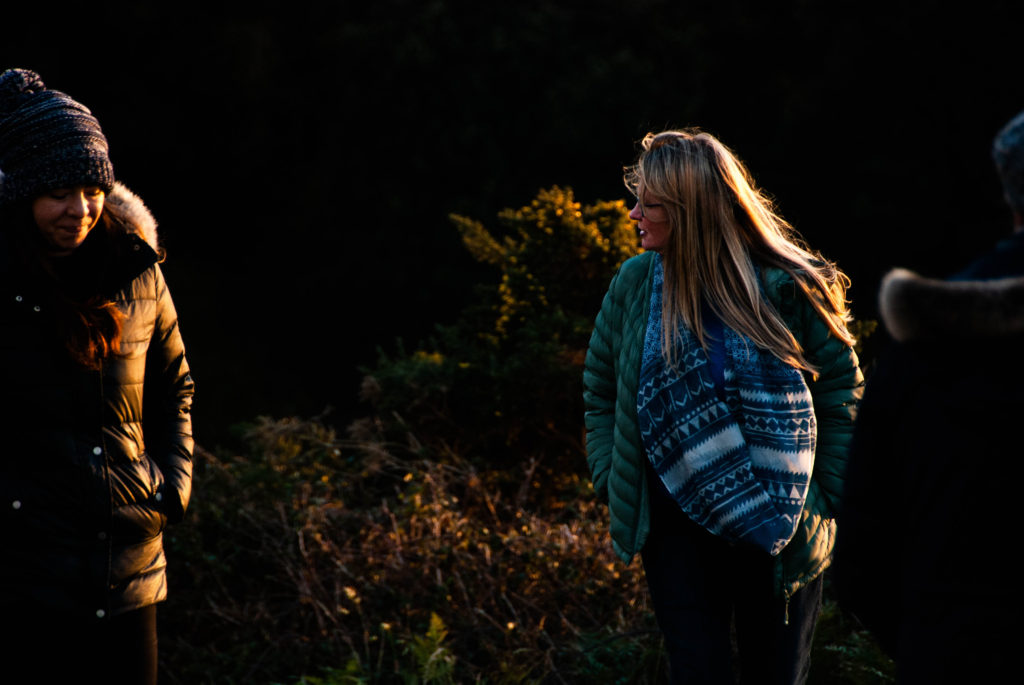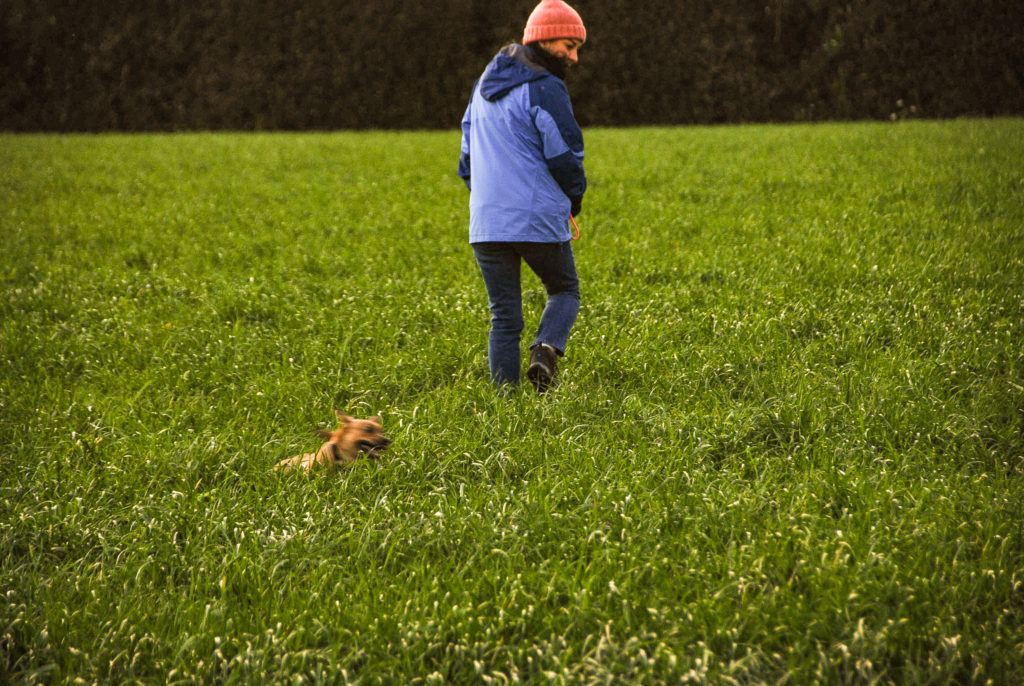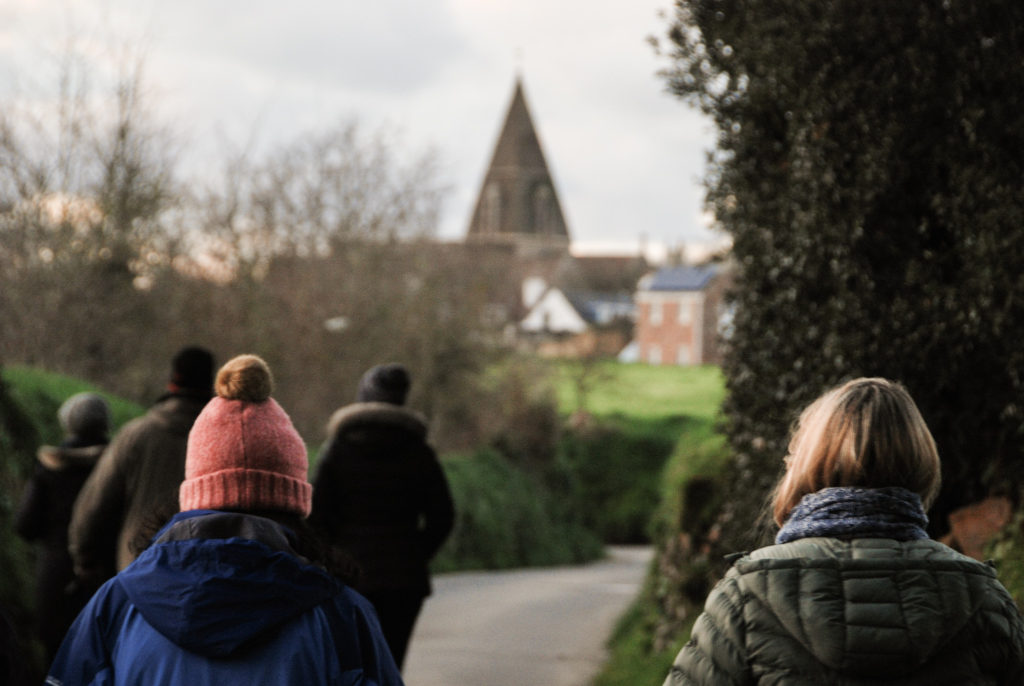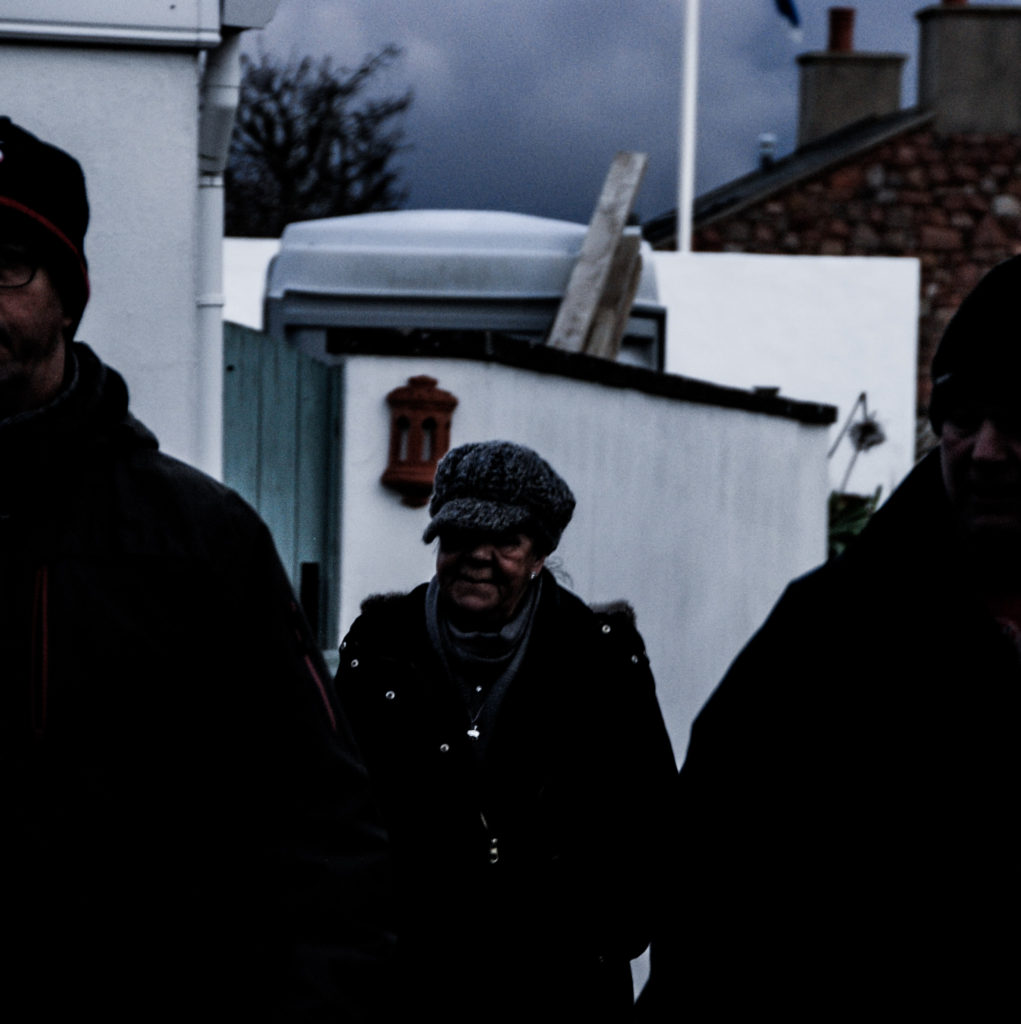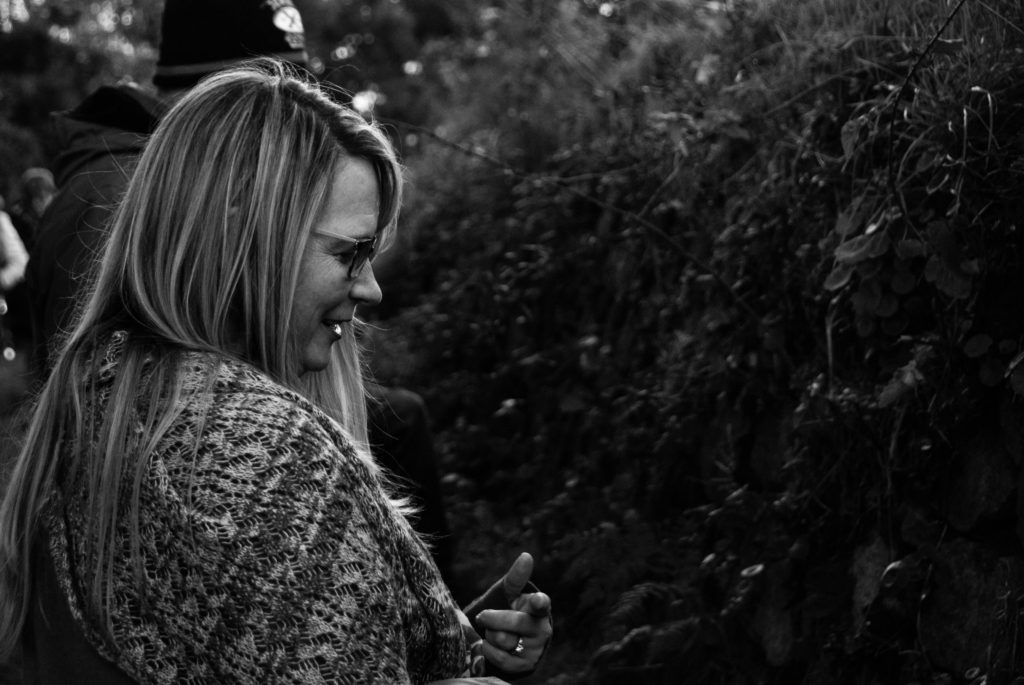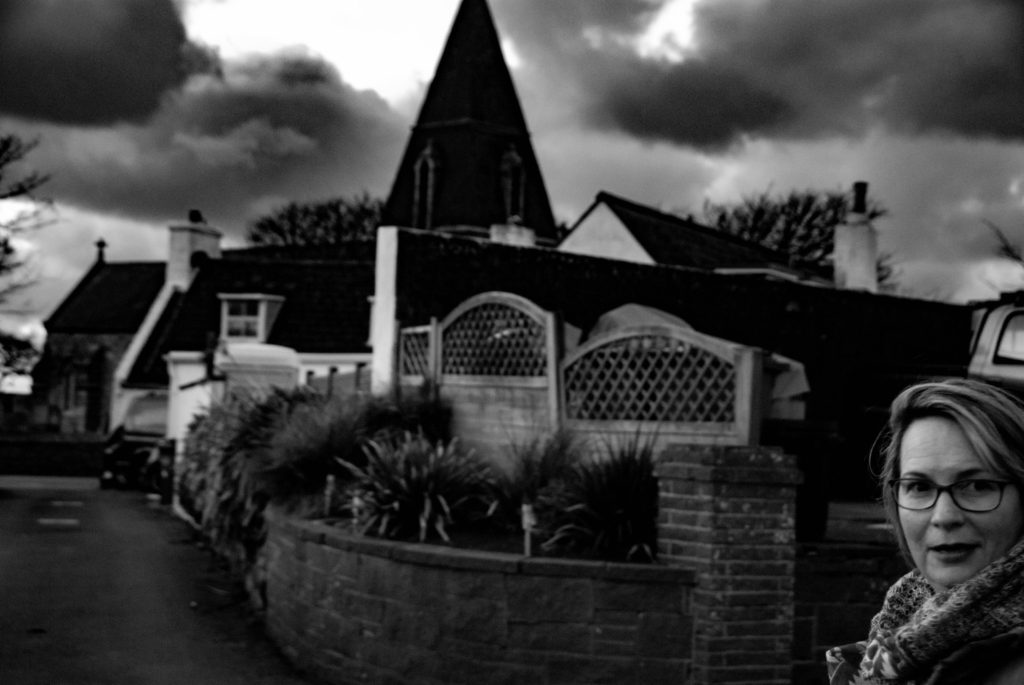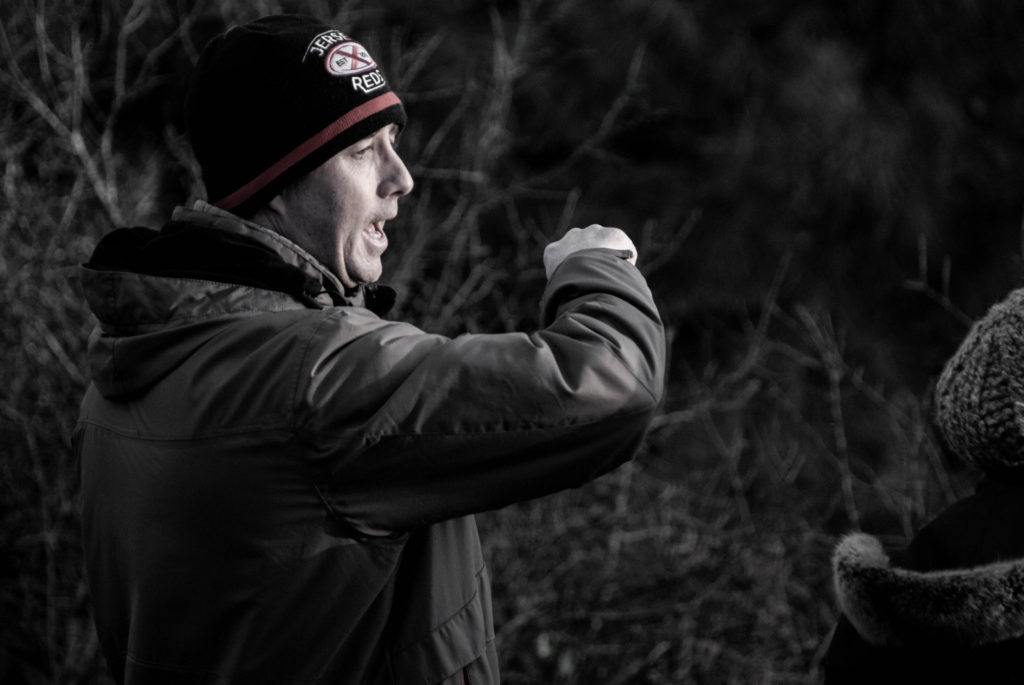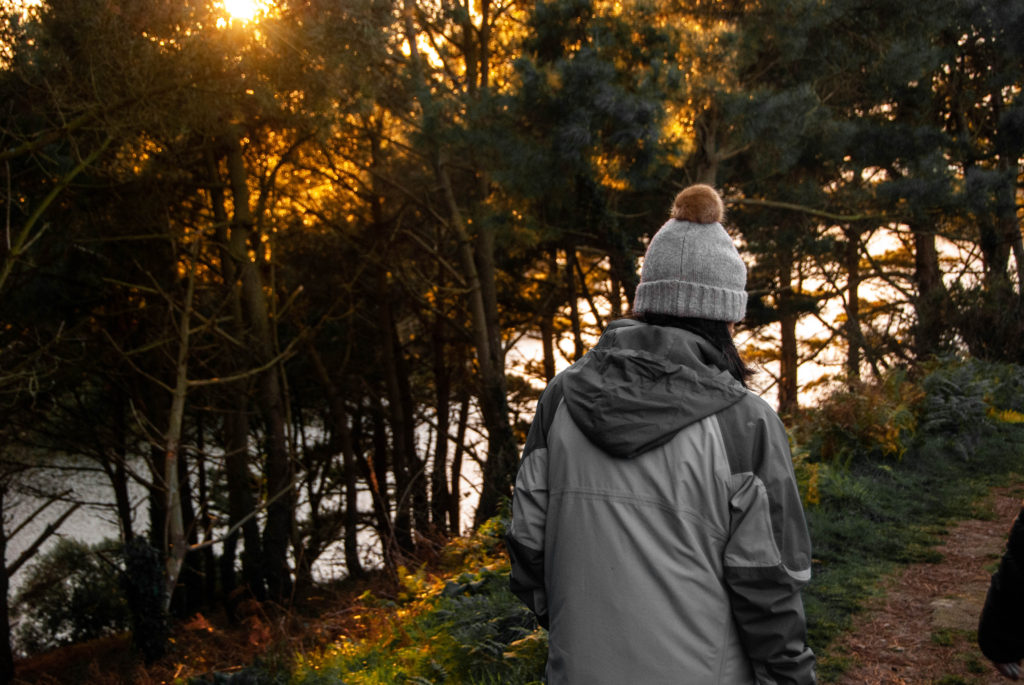Henri Cartier-Bresson
Henri Cartier-Bresson was a French Humanist photographer, he was born in 1908 and was considered a master of candid photography. He pioneered the genre of street photography, and saw it as capturing a decisive moment. Cartier-Bresson’s street photography shows a range of different cultures and environments, he uses his camera to catch glimpses of stranger’s lives at random moments. In 1947, following the aftermath of World War Two, Henri Cartier-Bresson, Robert Capa, George Rodger and David Seymour founded The Magnum Photos agency- which represents some of the world’s most renowned photographers.
Mood Board – Key Cartier-Bresson Images
Image Analysis

This black and white candid portrait photograph was taken by Henri Cartier-Bresson at the beginning of his career as a photographer. By first looking at this image one might guess it was captured during the Spanish Civil War (1936-1939) due to the broken structures and rubble surrounding the children. However, this image was taken in 1933 before the war, creating a sense of foreboding as children are playing in the destruction caused by a war that hasn’t yet occurred. In addition, the image has an abstract composition as the large geometric hole in the wall acts like a frame on the photo. This connotes the idea that we are only observers looking in on a situation, ripping a hole into other people’s lives without seeing the full picture. Furthermore, the image holds a wide depth of field with the window-like hole creating a tunnel to the background of the photo. It is clear the image was taken during daytime as the natural lighting creates an overexposed skyline in the top centre, forming natural shadows. The darkest points of this image fall on the children’s clothing, faces and bodies which contrast immensely with the bright white walls on the wrecked buildings. Additionally, the harsh black shadow on the crack of the wall creates a clear focal point for the observer, persuading them to look through the void to the centre if the image. Moreover, we can see that Cartier-Bresson has used a fast shutter-speed to capture this photo as some of the children appear to be moving however, they aren’t particularly blurred.
Image Comparison

Henri Cartier-Bresson 1933 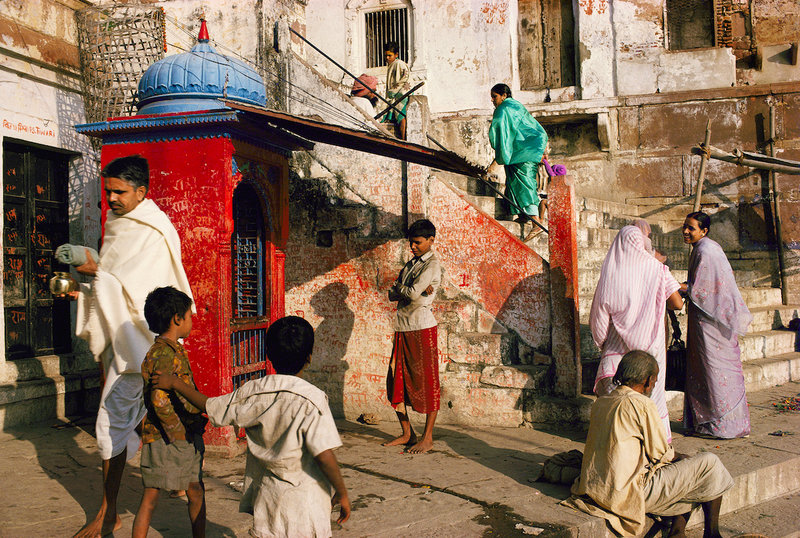
Raghubir Singh 1985
This image was taken by Raghubir Singh (1942-1999), an Indian photographer who was most known for his documentary-style images he captured of people in India. Visually, there are many key differences between Singh’s image compared to Cartier-Bresson’s. For example, Singh has captured a colour image, with the dominant colour red repeated in the subject’s clothing and surroundings, whereas Cartier-Bresson’s image is monochrome black and white. This contrast in colouration creates different atmospheres in the images. The warmer tones in Singh’s alludes to feelings of comfort and happiness, supported by the visual closeness of the people being photographed. However, the dark dreary black and white tones in Cartier-Bresson’s image creates a more sombre atmosphere and connotes ideas of sadness and regret. Additionally, Singh’s image has a rougher texture due to the scratches and marks on the surrounding walls, Cartier-Bresson has captured a less busy image with plain white walls enclosing the subjects in. This contrast in texture could symbolise the busy lives of the subjects in Singh’s image, as all of them appear to be moving quickly with purpose, however the subjects in the other image seem to just be playing. Lastly, while both images have natural lighting, it is clear Singh’s image has been taken earlier in the day to Cartier-Bresson’s as the shadows are more prominent and fall to the left of the image.
Nevertheless, there are also many similarities within these images, for example it is clear both images have been captured with a fast shutter-speed as the subjects are clearly moving yet are not blurry. Furthermore, both images have a similar composition as the abstract shape created by the hole in Cartier-Bresson’s image resembles the positions the subjects in Singh’s image are standing in. If you were to trace the cracked shape onto the second image, it would look like the people have created it with their bodies- like a dot-to-dot. In addition, there are similarities within the lines in these images, with Cartier-Bresson capturing the rigid lines of the destroyed wall and Singh capturing the jagged lines of the stairs. These irregular patterns allude to the idea that these people’s lives can take an unexpected turn due to the environments they live it. The messages portrayed in the photographs are very much alike, with both connoting the idea that we are only spectators observing someone else’s life. In my opinion, these images epitomise ‘Street Photography’ as they capture people naturally in their daily lives, letting us imagine their backstories without really seeing the full picture.

